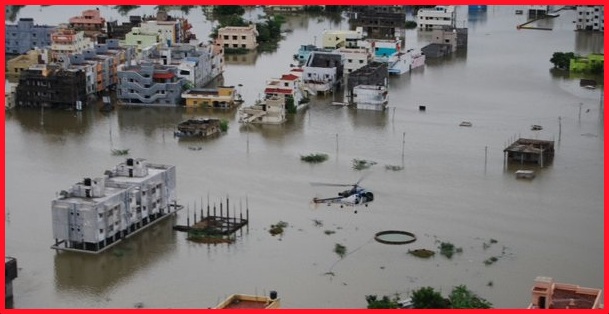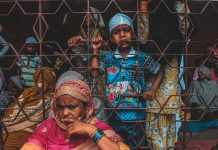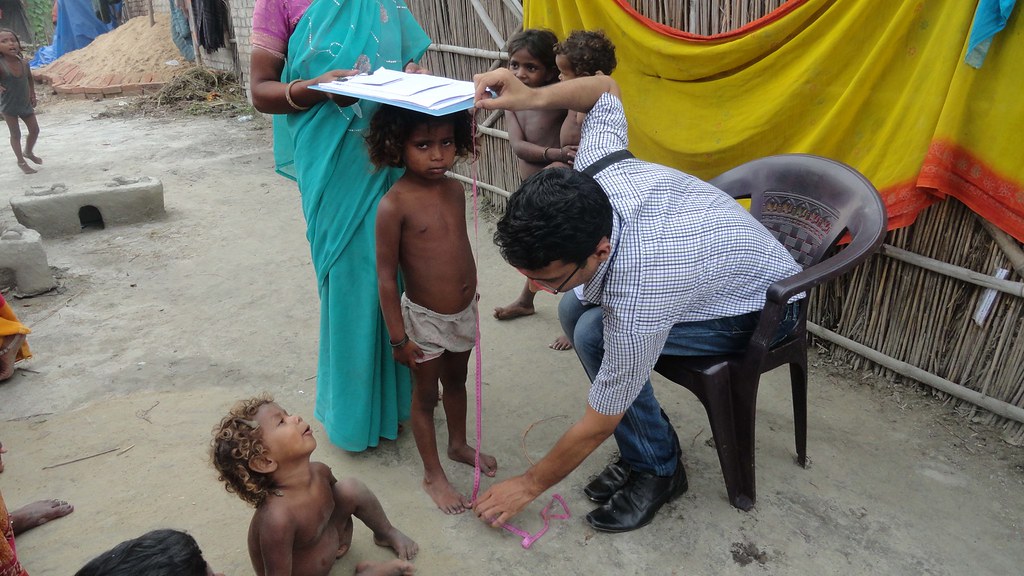These are particularly challenging times for the country because in addition to the coronavirus pandemic which has infected lakhs of people around the world and caused deaths at an unprecedented scale, countries like India, Nepal and Bangladesh are also facing destructive floods. This statement holds true especially for the north-eastern states of India where flooding and incessant rains have caused a great havoc.
Incessant rains and flooding cause rampant damage in South Asia
The incessant rains and resultant extreme rise in water levels of major rivers in the region have caused states like West Bengal, Bihar and Assam to experience massive flooding and damage to life and property. The torrential rains and water logging that have taken place in India have brought ahead of the governments in northeastern states immense challenges and a responsibility that had doubled in terms of tackling the coronavirus pandemic and the flood situation simultaneously.
It is in this context that a recent report by UNICEF throws light on the impact of the crisis in India and how millions of lives stand destroyed and heavily impacted amidst the pandemic.
It is not just India but many countries of South Asia are heavily impacted by the devastating floods such as Bangladesh, Nepal and Bhutan where people are experiencing immense landslides affecting millions of people in the mountainous areas of the countries.
The UNICEF has underlined the intensity of the crisis and said that this is a unique situation for India, Bangladesh and other nations of South Asia because in addition to the coronavirus pandemic, people and nation states are compelled to lead a life of pain and suffering due to the worsening flood situation.
Over 4 million lives stand impacted and millions of others are in complete risk due to the ongoing floods.
The situation is particularly worrying for these countries because they are economically disadvantaged and have poorer health infrastructure. Despite the fact that this region is familiar with foods and experiences them almost every year, the situation is particularly worrying this year because of the pandemic.
The floods have complicated even more an already complex situation and accelerating the hardships for the people living in flood affected areas. One of the major challenges and one of the most devastating concerns that is making itself present in the affected countries is the drowning and sudden disappearance of children.
The UNICEF has been working towards the relief and wellbeing of children and taking healthcare to the affected population in an already complicated pandemic led situation.
The governments have been working day and night to help out communities at risk but broken roads and dysfunctional transportation networks have made the job more difficult and made the lives of those at the fringes even more vulnerable.
One of the greatest difficulties that the affected populations and especially the children of the flood affected regions are facing is regarding access to clean drinking water and this is one of the main issues that is affecting children in South Asia right now.
The lack of access to clean water is posing to be life-threatening for the people of South Asia and for this its important that more support and infrastructural programmes at the grassroots address the problem.
The floods prove to be extremely devastative across Bangladesh, India and Nepal
A great part of south Asia seems to be heavily impacted by the worsening flood situation and the ongoing coronavirus pandemic has really posed serious concerns before the governments of these counties.
In Bangladesh 2.4 million people are affected by the floods and this includes 1.3 million children. The country recently experienced extreme destruction due to cyclone Amphan which brought in extreme damage and now it is being forced to deal with devastative floods that have claimed several lives and have caused rampant damage to people’s homes and belongings in addition to public buildings, roads, highways etc.
In India, 6 million people in the northeastern states of Bihar, Assam, Uttarakhand, Odisha, Maharashtra, Uttar Pradesh and West Bengal have come under the wings of the floods and are witnessing great damage. In India, the flood impacted population includes 2.4 million children. With a growing number of COVID positive cases and extreme health challenges before the government, it will be interesting to see what the coming weeks unfold before the country.
In Nepal too the floods have caused widespread havoc and have led to the deaths of more than 100 people in low lying areas and have displaced thousands of people. The situation in Bhutan too its grim because the monsoon has brought about relentless landslides and tampered all kinds of public facilities including transport which has affected relief work majorly, the situation is quite worrisome. Flooding in these countries has caused loss of property, damaged crops and has left millions of people deprived of their livelihood. It would not be wrong to say that India, Nepal and Bangladesh are experiencing an unprecedented crisis which demands keen ground work, commitment and sustained work from nation-states, civil society bodies and other stake holders for the wellbeing and empowerment of people in flood affected regions.














